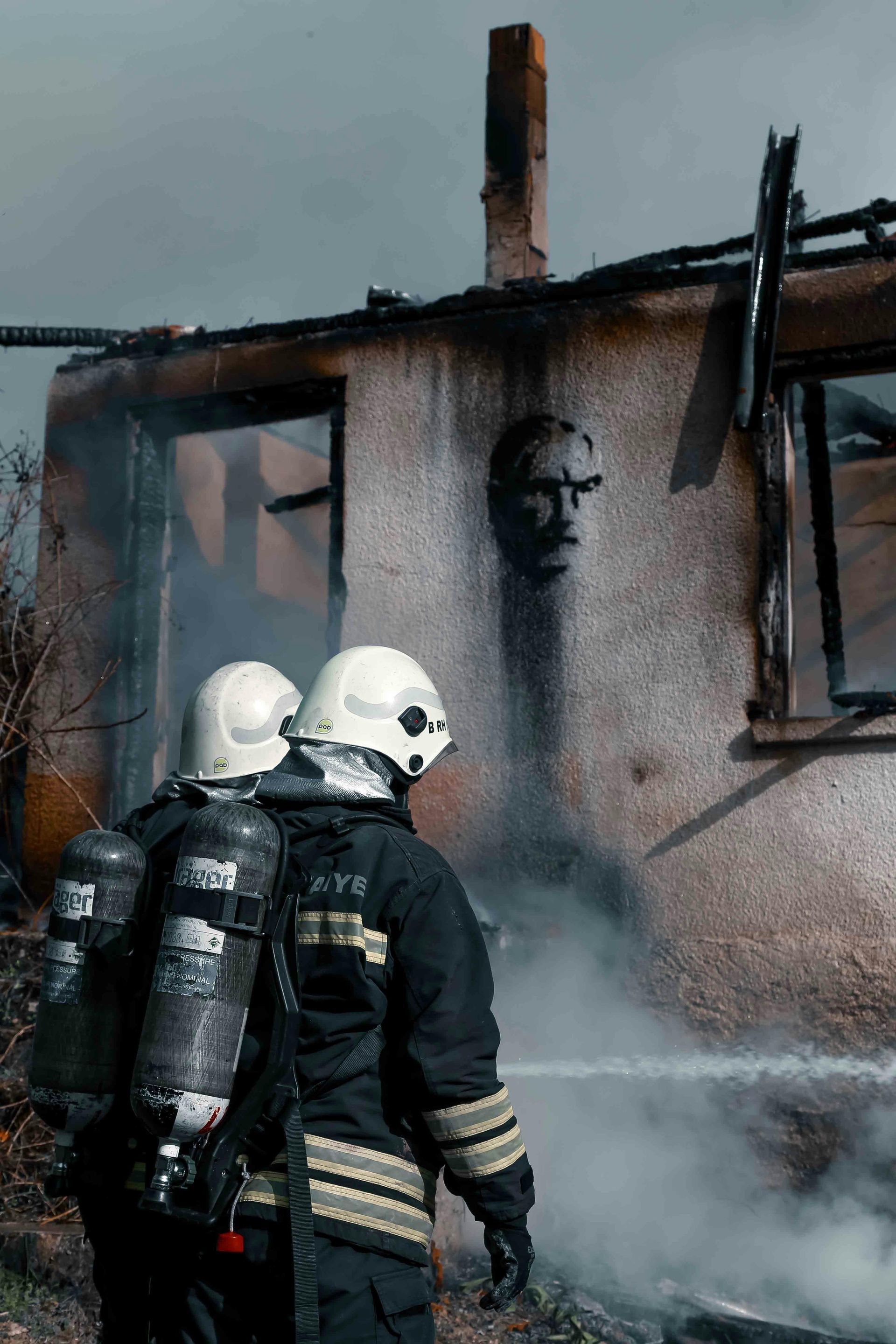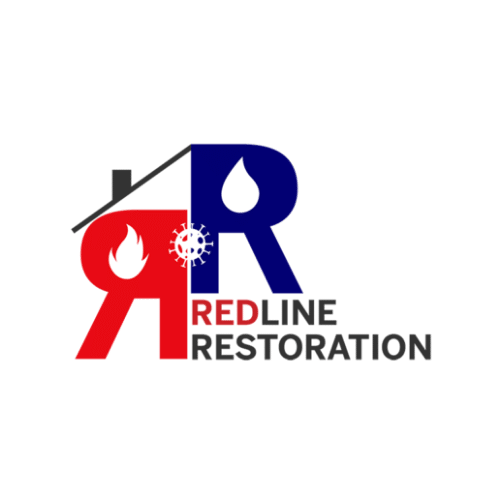The Power of Preparation: Why Proper Surface Prep is the Secret to Paint That Lasts
Let’s be honest, painting feels like one of those “easy weekend projects.” Grab a can of paint, roll it on, and boom! New look, right? But here’s the truth most people don’t realize until the paint starts peeling: the real magic isn’t in the paint color or even the brand. The secret to a smooth, professional, and long-lasting paint job is all about what happens before the brush ever touches the wall.
If you’ve ever wondered why some paint jobs in Fort Myers homes look flawless for years, while others in Miami or Fort Lauderdale start chipping after one season of Florida humidity, the answer is simple: surface preparation.
Why Surface Prep Matters (Think of It Like Dating)
Imagine this: you meet someone amazing, but they never clean up, never show their real self, and you try to build a relationship on top of that. It’s not going to last, right? Paint is the same way.
You can put the most expensive, premium paint on your walls, but if the surface underneath isn’t cleaned, patched, sanded, or primed properly, that paint won’t stick. It’ll peel, bubble, and fade, leaving you frustrated and calling in for another paint job way too soon.
Proper prep is like giving your walls a fresh start. A clean slate. A stable foundation that lets the paint grab on and shine, even under the crazy Southwest Florida sun, salty coastal air, and year-round humidity.
The Steps to a Paint Job That Actually Lasts
So what does good surface prep really look like? At Redline Restoration, when we tackle a painting project in Fort Myers, Naples, Cape Coral, or anywhere in Southwest Florida, we follow a detailed process that sets your space up for success.
Here’s the breakdown (and why it matters):
List of Services
-
1. Cleaning: Bye-Bye Dirt and GrimeList Item 1
We start by removing dust, grease, mildew, or any debris hanging out on your walls. For interiors, that might mean a good scrub or degreaser. For exteriors, it usually means power washing. Without this step, paint just sticks to the dirt, not the actual surface.
-
2. Sanding: Smoothing It OutList Item 2
Nobody likes lumpy walls. Sanding makes surfaces smooth, removes bumps, and helps the paint grip better. Plus, it gives you that buttery finish everyone wants when they walk into a freshly painted room.
-
3. Patching: Fixing the FlawsList Item 3
Cracks, holes, and dents happen, especially in older homes around Fort Myers or West Palm Beach, where humidity causes expansion and contraction. We patch everything before painting so your walls don’t look like they’re wearing battle scars under a fresh coat.
-
4. Priming: The Secret WeaponList Item 4
Primer is like the ultimate wingman for paint. It seals porous surfaces (like drywall or wood), blocks stains, and makes sure your topcoat goes on evenly. Especially here in humid Florida, primer helps your paint survive heat, storms, and endless AC cycles.
-
5. Caulking: Locking It In
The last prep step? Sealing gaps, cracks, and trim lines with caulk. This keeps out moisture (huge in Naples and Fort Myers homes) and gives your paint job that seamless, “pro-finish” look that sets your property apart.
Why It’s Worth the Effort (and the Investment)
Let’s get real: skipping prep might save a little time upfront, but it’ll cost you big later. A poorly prepped paint job can peel in just months, especially in Southwest Florida’s tough climate. That means repainting, repairing, and spending way more than you ever planned.
But with proper surface preparation, your paint can last years longer. That’s money saved, curb appeal boosted, and fewer headaches from constant touch-ups.
Painting That’s Built to Last in Southwest Florida
At Redline Restoration, we’ve seen it all, from mushrooms growing inside walls (yes, really!) to paint jobs ruined after just one rainy season in Cape Coral. That’s why we never skip surface prep. It’s the difference between a paint job that’s just “pretty for now” and one that stands strong through every summer storm and salty breeze.
Whether you’re refreshing a beachside condo in Naples, giving your Fort Myers business a bold new look, or restoring a Cape Coral home, our team knows how to prep surfaces for lasting, flawless results.
Ready for Paint That Won’t Quit?
Don’t waste time and money on shortcuts. Let’s give your walls, ceilings, or exterior surfaces the kind of prep they deserve, so your paint not only looks amazing but lasts for years.
Call Redline Restoration today and schedule your commercial or residential painting project in Fort Myers, Naples, Cape Coral, or anywhere in Southwest Florida.
Because when it comes to painting, prep isn’t just important, it’s everything.



